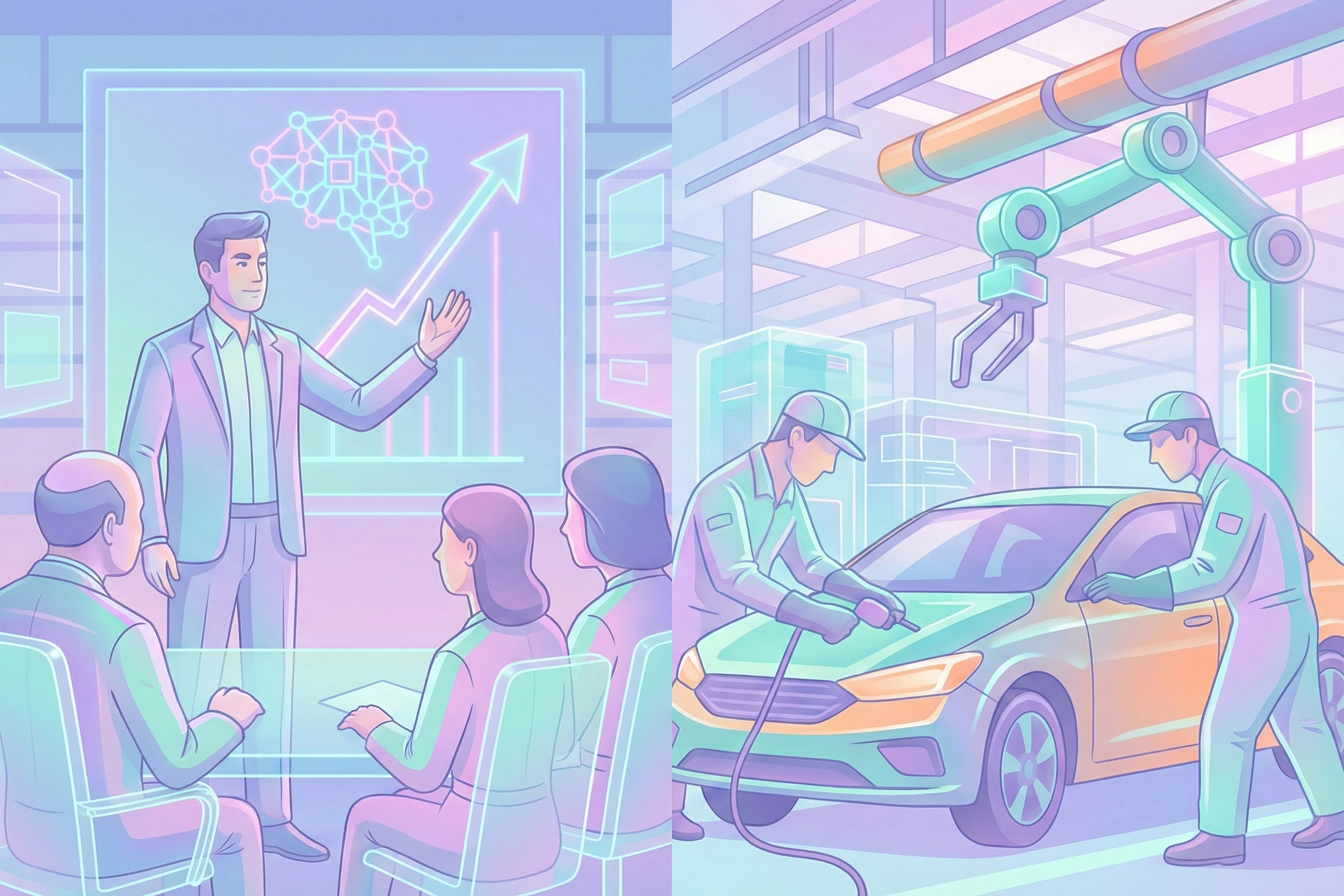
Traditionally, we divide our world into active agents, mostly humans, and passive objects, mostly non-living things. However, we are increasingly aware that things can have real agency. For example, data can be performative in shaping our daily lives. Moreover, recent outcomes of material sciences showed signs of increasingly smart matter, which challenges the traditional view of matter as a passive, non-living phenomenon that cannot actively influence the world. New materialism is a theory that ascribes agency to non-living entities and dissolves the traditional distinction between subjects and objects in order to acknowledge their interconnectedness and dynamics.
We live in times in which we are radically shaping our environment. For example, we are interfering in nature by optimizing the DNA of plants and animals and 3D printing human tissue. This has solidified our view that humans (and some animals or plants) are the only real agents that can submit these things to their will. We make a clear distinction between objects, and subjects, which is called Cartesian dualism.This view of the world has always been problematic. Non-living entities, such as the climate, do not seem as passive as this view presupposes. Climate change shows us that we are not entirely in charge of all activities in our environment. Contemporary post-Cartesian theories, like new materialism, insist that ignoring this leads to our ongoing environmental irresponsibility. New materialism claims that we fail to see objects as potentially forceful agents, as active forces shaping our human life. This blind spot keeps us from fully acknowledging the capacity of things, the interconnectedness of all living and non-living things and their dynamics. What makes this view even more relevant today and further necessitates overcoming the Cartesian demarcation, is the increased merging of the physical and the digital and the recent advances in materials.First, a merging of what is technological and what is natural is challenging our old distinctions and demands a reconsideration of what counts as ‘matter’. Our bodies are enhanced with monitoring and interfering technologies, like wearables and micro-chips. We are designing soft robotics, and biodegradable, dissolvable chips to blend in with nature. New materialism levels the old ontological hierarchies by showing that the natural and the social spheres are implicated in each other.Second, advances in materials vivify matter and enhance their agency. Smart, programmable, or shapeshifting material, and self-healing concrete are examples of materials that are not passive receptors of shape anymore but increasingly adaptive agents. Connect them to the internet (IoT) and their agency in a greater network becomes more apparent. Another challenge is that with the rise of deep learning, our Cartesian distinction of us as subjects and non-humans as objects will be turned around. While deep learning is often looked at as a black box because it establishes a unknown way of reasoning, it will increasingly guide us in our behavior in the future. As humans are increasingly being steered in their decisions by matter that reasons, so-called technological decisionism, it forces us to acknowledge the power of ‘things’.Both tendencies described above will increase in the future, as the merging of the digital and natural, human and technological will grow more intimate, and as matter will be increasingly vivified. This forces us to take a different view on material and its agency in our world.

